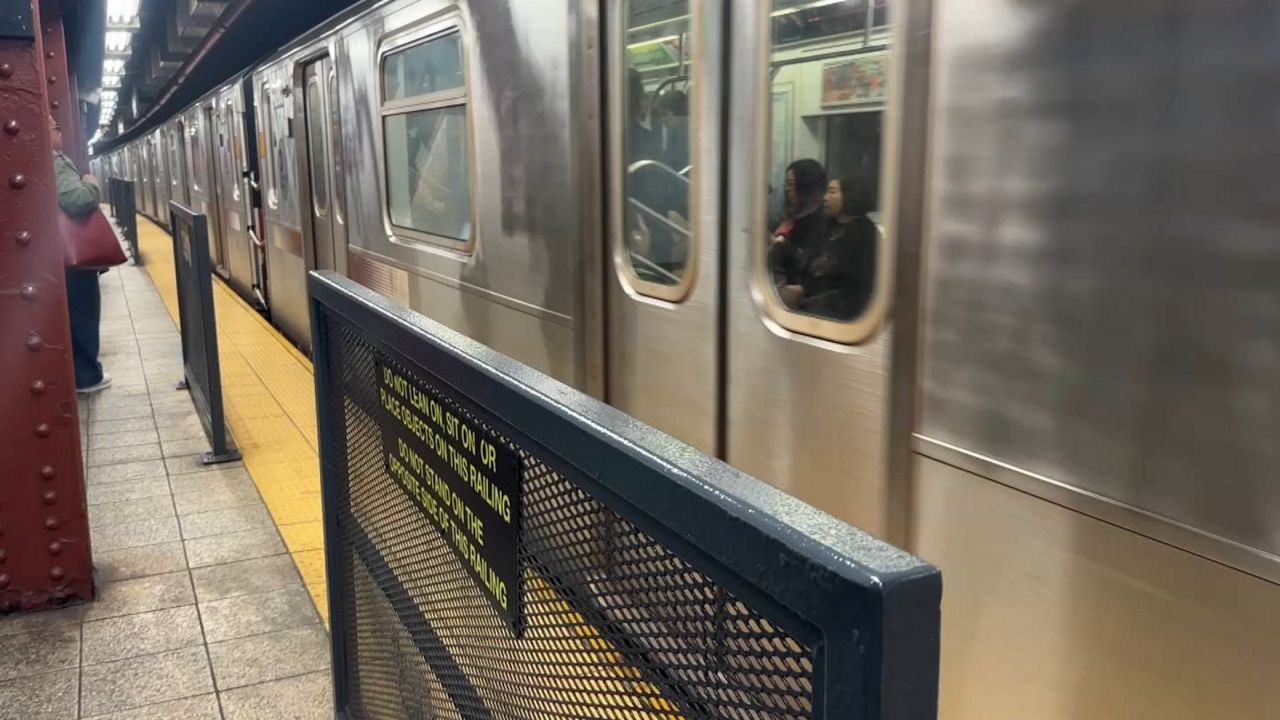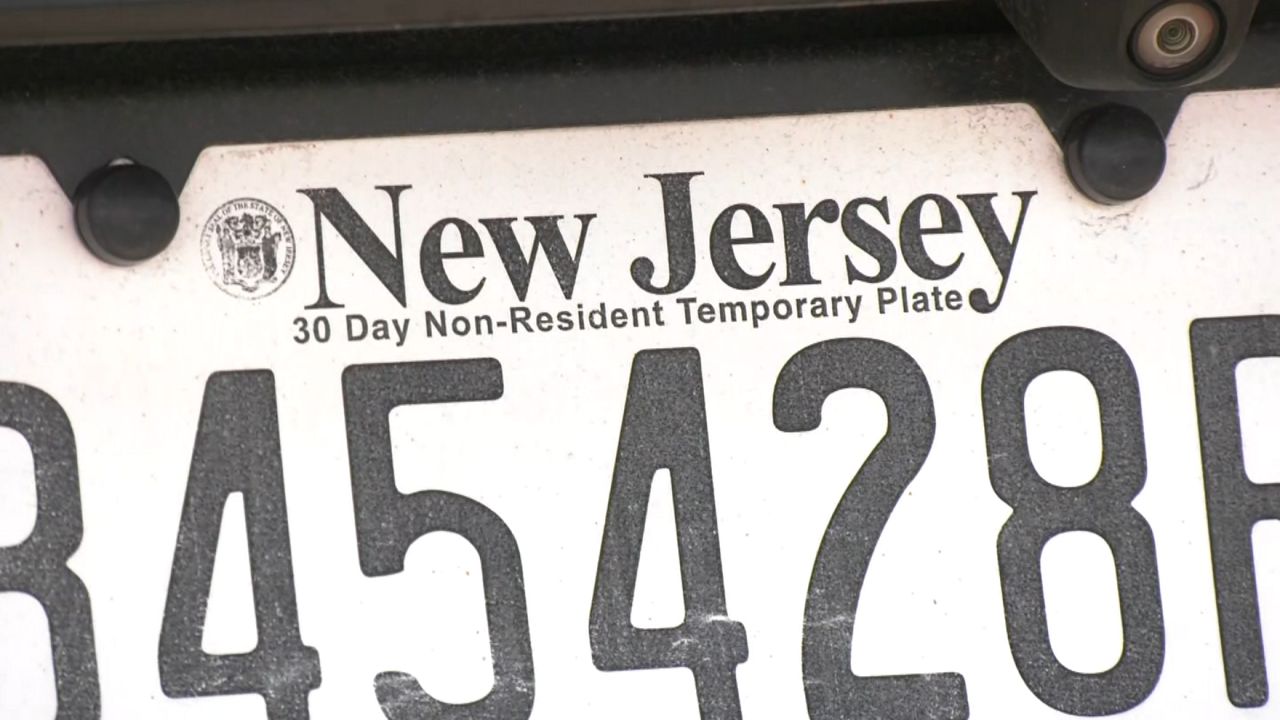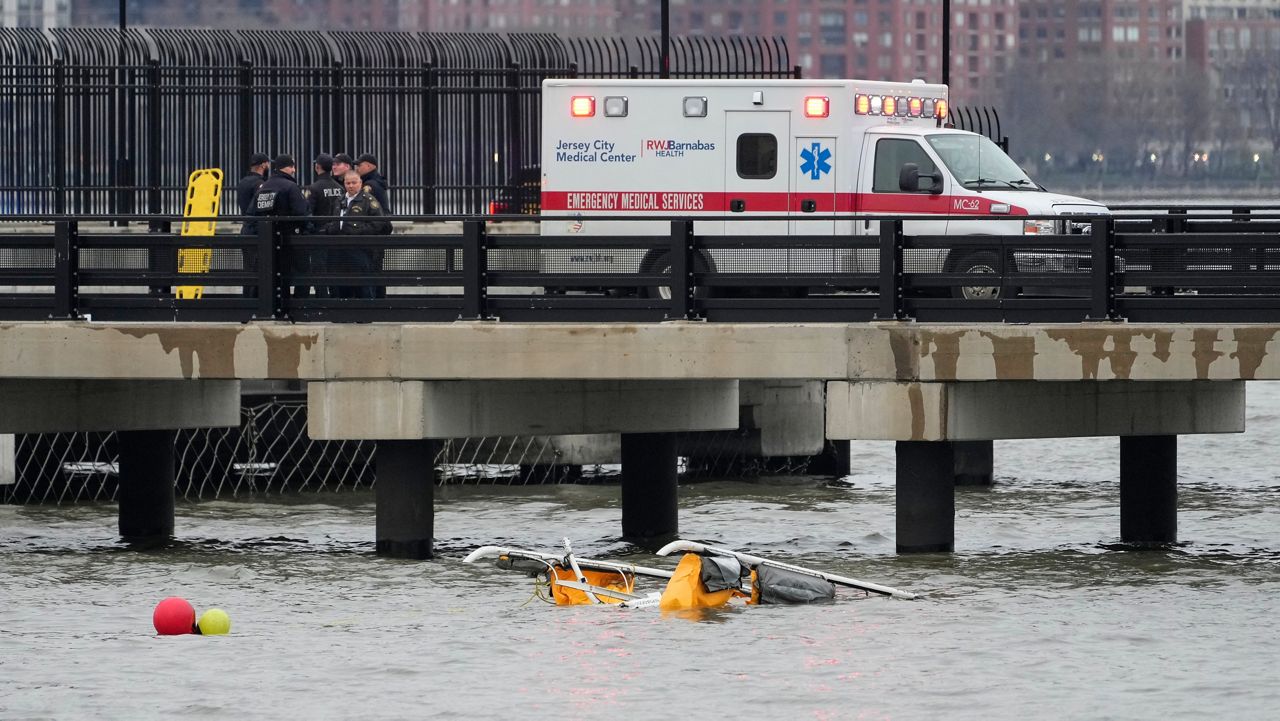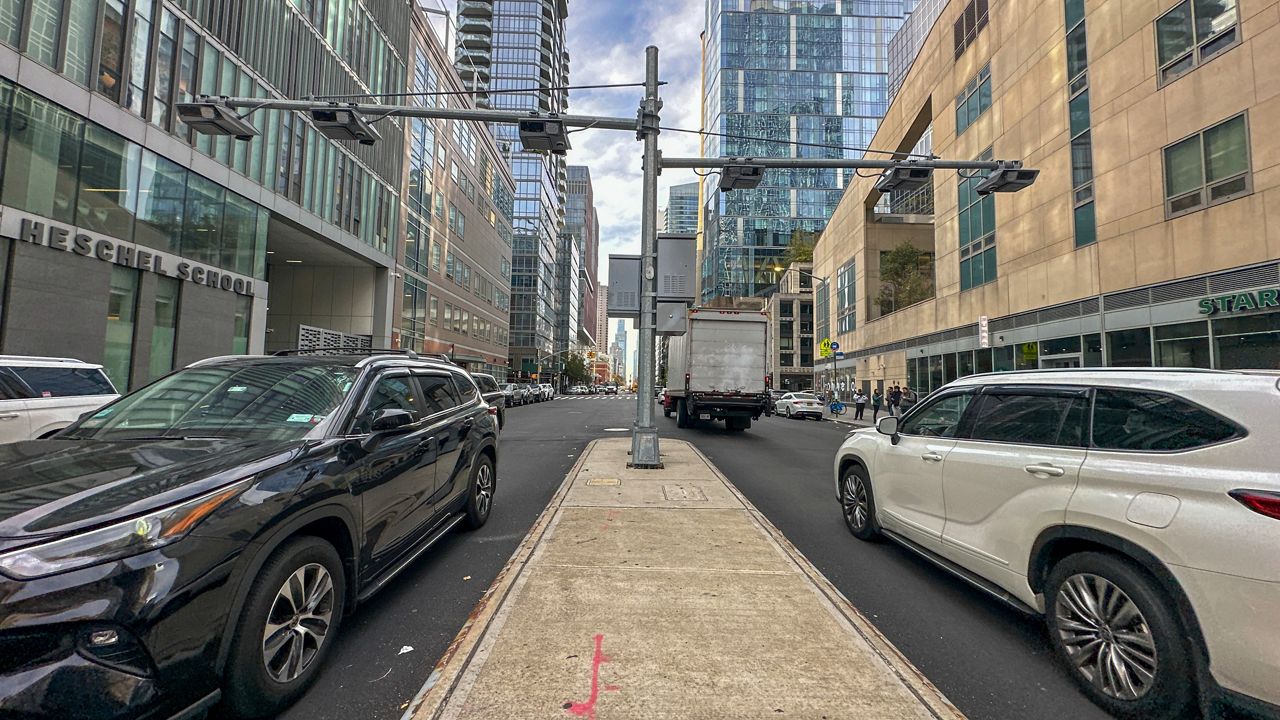Getting the "open gangway" R211Ts is like finding a unicorn for C train riders. Starting in 2027, there will be eight more of them, and not just running on the C line.
“So being able to have some weekend service,” New York City Transit President Demetrius Crichlow said. “Run it 24/7, as opposed to what we’re running now.”
There will also be 355 closed-end R211s coming in 2027, and not just to the A and C lines, but also replacing many of the old trains with orange and yellow seats on the N, R, Q, W, B and D lines, as well as on the Staten Island Railroad.
One line will see a change sooner — early next year.
“It’s going to be 'OG' on the G: 'Open Gangway' on the G,” MTA Chair and CEO Janno Lieber said.
The MTA will take one of the current "open gangway' trains on the C and turn them into two, five-car trains for the G train, which stops on only part of the platform.
“If you’re standing in the wrong place, you have to run. This is going to cut down on the need to run,” Lisa Daglian, executive director of the Permanent Citizens Advisory Committee to the MTA, who lives near the G train, said. “There won’t be as much bunching.”
Bunching from people running to catch the train and filling the last car.
For now, only the lettered lines will get new cars. But what about the numbered lines?
Crichlow says the shops that make car repairs need to be updated first.
“We talked a little bit about Livonia for example, on the IRT,” Crichlow said. “It’s not capable of handling doing repairs for a new fleet of cars. So you cannot introduce a new fleet of cars without doing modifications to the shop there.”
Modifying the Livonia Shop is part of the next capital plan. The new train order is part of the current capital plan, which was initially put on hold by the pause on congestion pricing.
Lieber says if a court should stop the program now, they still need to proceed, especially since they’re getting the pre-COVID pricing.
“If congestion pricing were not going forward, it would impact on how many cars across the system we would be buying,” he said.
That could be a reality. There are 10 active court cases looking to stop the tolling program. Four of them are in court seeking a preliminary injunction on Friday.




_Pkg_New_Train_Cars_CG?wid=320&hei=180&$wide-bg$)



_Dnt_MTA_Fare_Gates_Clean)


